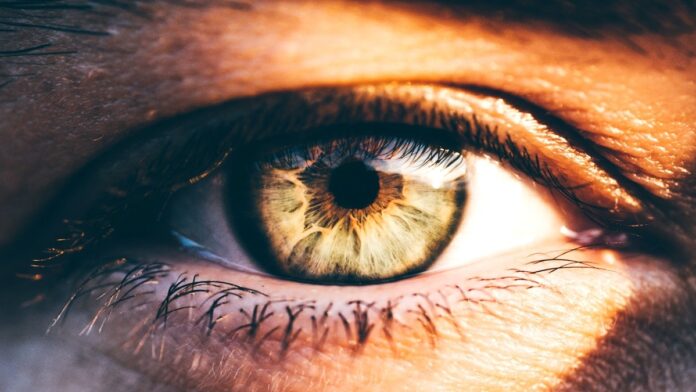For decades, the accepted standard for human visual acuity has been based on outdated measurements. New research from the University of Cambridge and Meta Reality Labs reveals that the eye’s ability to resolve detail is significantly higher than previously believed, challenging assumptions about the benefits of ultra-high-definition televisions.
The Limits of Resolution: Beyond 20/20 Vision
The study tested 18 participants aged 13 to 46, evaluating their ability to perceive fine details on screens at typical viewing distances. Researchers found that the human eye can resolve up to 94 pixels per degree (ppd) in grayscale, exceeding the previously assumed limit of 60 ppd based on the traditional Snellen eye chart.
This discrepancy arises because the Snellen chart—a 19th-century measurement tool—doesn’t accurately reflect the capabilities of modern displays. The new findings suggest that the eye is capable of discerning finer details than previously thought, particularly at the distances common in home viewing setups.
Color Perception: A Key Weakness
While grayscale resolution is impressive, color perception presents a significant limitation. The study revealed a substantial drop in resolution for colors, with yellow and violet registering only 53 ppd. Green and red perform slightly better at 89 ppd. This suggests that the brain struggles to process color details as effectively as grayscale, impacting overall visual clarity.
Implications for Display Technology
The research challenges the notion that 4K or 8K televisions provide a noticeable advantage over lower-resolution displays, at least for most viewers. Manufacturers may be reaching a point of diminishing returns in resolution, where increasing pixel density no longer translates to a perceptible improvement in visual experience.
Instead of chasing higher resolutions, display designers could focus on optimizing other factors, such as screen size, contrast, and color accuracy, to enhance overall viewing quality. The goal should be to meet the resolution capabilities of at least 95 percent of the population, rather than catering to a small percentage with exceptional vision.
The Brain’s Role: Perception Beyond the Eye
The study underscores the brain’s critical role in visual perception. While the eye may be capable of resolving fine details, the brain processes this information and constructs the final image. The brain’s limitations in color processing explain the significant drop in resolution for colored images, particularly in peripheral vision.
Ultimately, human vision is not about perfect acuity but about evolutionary optimization. Our senses have evolved to be “good enough” for survival, and pushing beyond these limits may not yield substantial benefits for most viewers.
Manufacturers who prioritize human perception—rather than solely chasing higher resolutions—may ultimately capture the attention of a broader audience














































